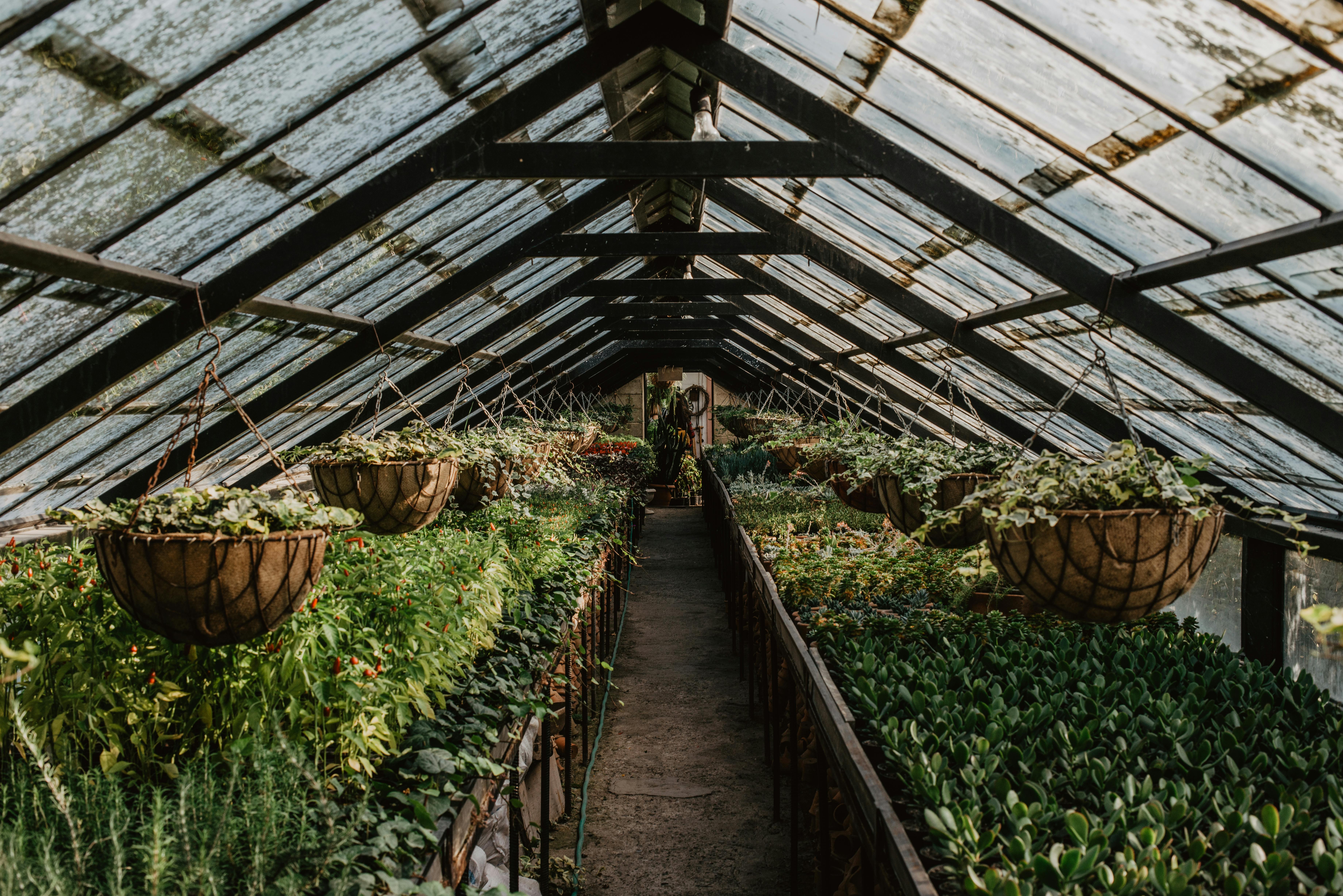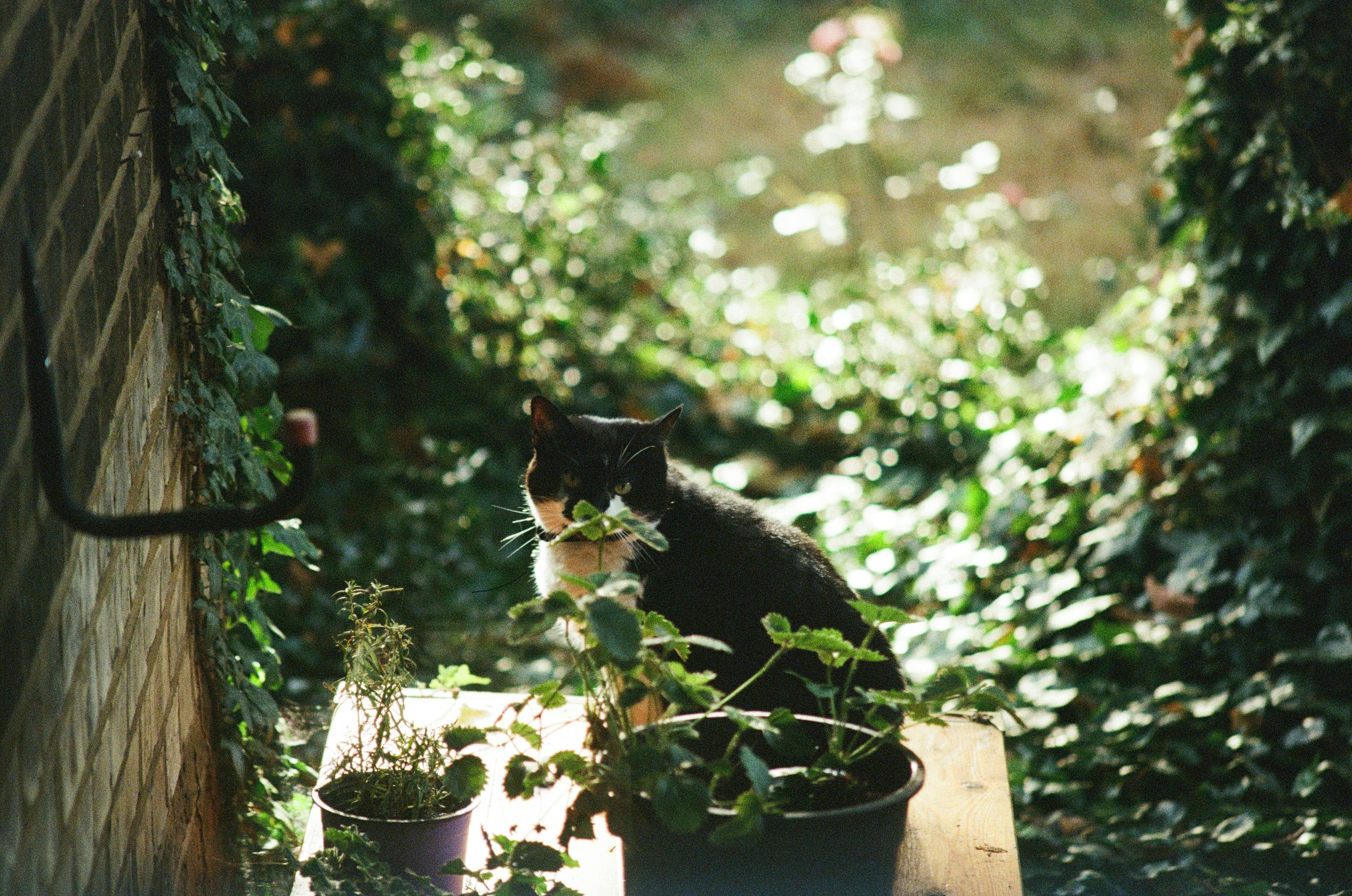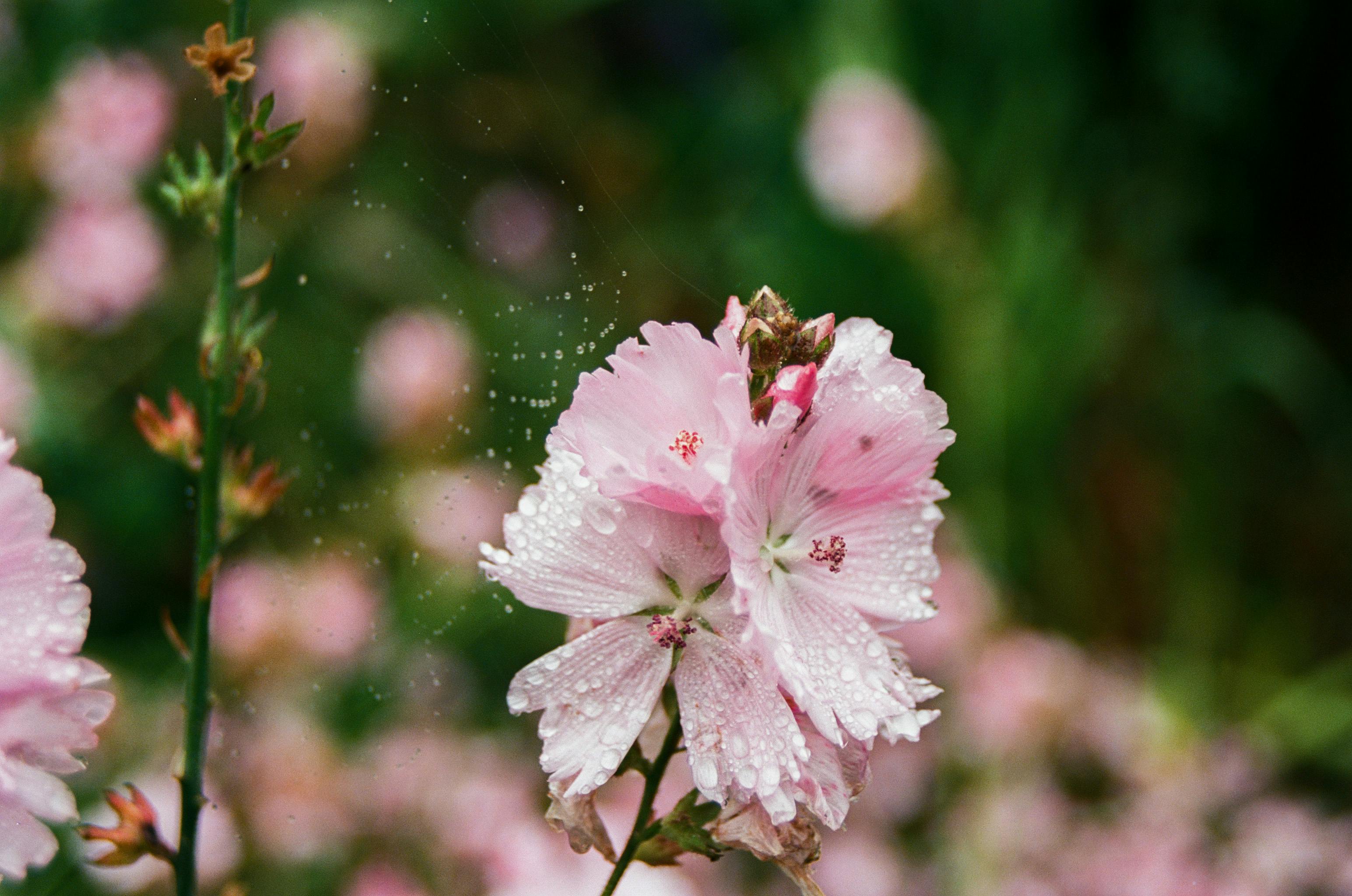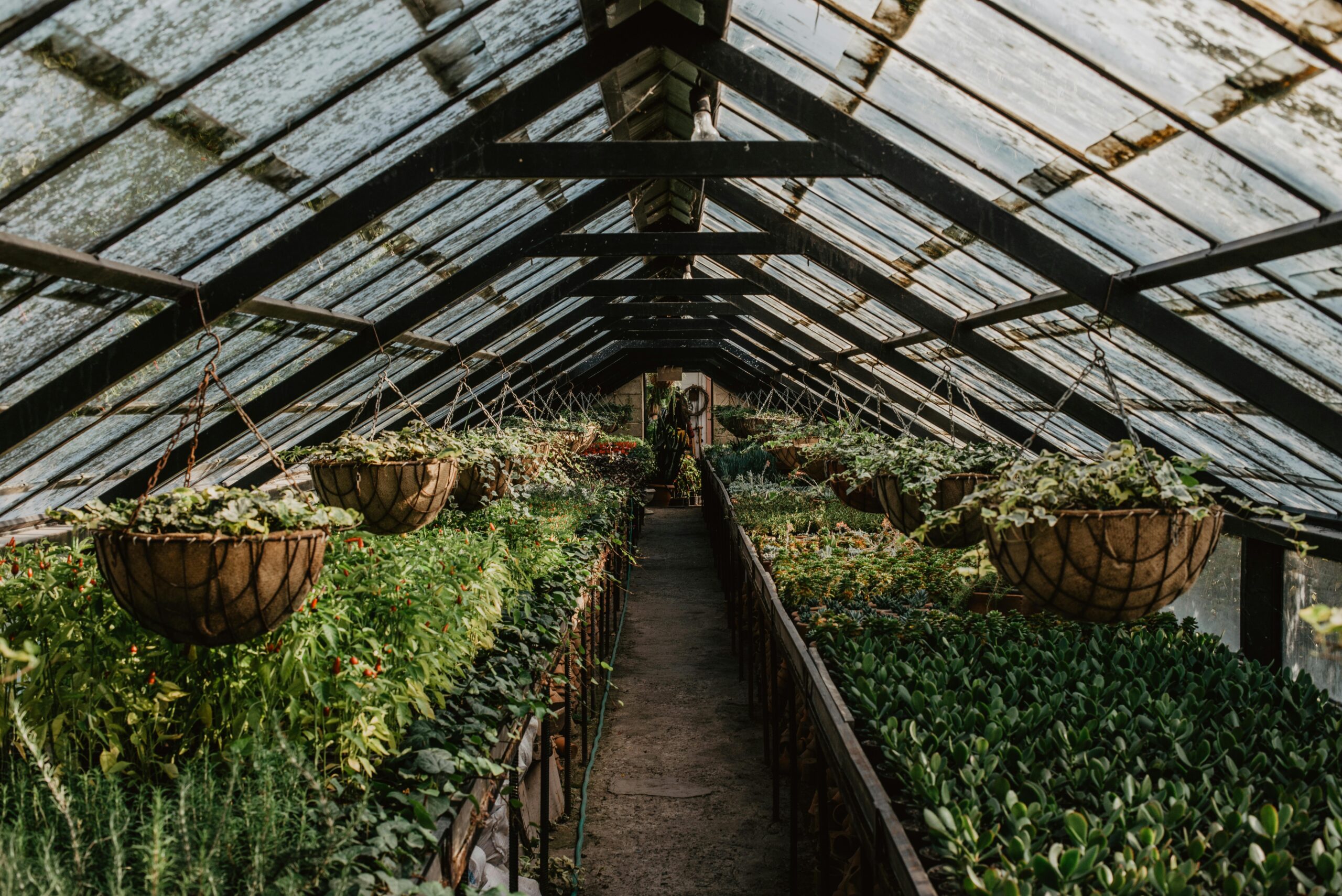Gardening at Creekside: A Complete Guide to Thriving Outdoors
Gardening at creekside offers a unique blend of beauty, challenge, and ecological benefit. As people move toward sustainable and nature-integrated lifestyles, creekside gardening becomes increasingly relevant. This guide will walk you through the fundamentals, practical steps, and advanced strategies to make the most of your creekside landscape.

Understanding the Fundamentals
Creekside gardening is the practice of cultivating plants along waterways, where moisture, soil composition, and biodiversity are distinct. This environment creates both opportunities and responsibilities for gardeners.
Learning these basics is critical because creekside zones are sensitive ecosystems. Just like how one wouldn’t build a house without a foundation, planting without this understanding can lead to erosion, plant loss, or ecological harm.
1.1 Soil and Water Relationships
In creekside environments, the soil is often sandy, silty, or prone to saturation. Understanding how water flows and settles is key. According to the USDA, soil near natural water bodies tends to support moisture-loving species that stabilize banks and prevent runoff.
Using native plants with deep roots—like sedges or willows—helps hold soil in place. Misconceptions arise when gardeners treat creekside plots like traditional beds; however, drainage and erosion must be considered carefully.
1.2 Choosing Native and Adaptive Plants
Unlike regular gardens, creekside gardening demands plants that can tolerate moisture variation and occasional flooding. Native plants are best suited for this purpose because they evolved with local conditions.
Case in point: the Blue Flag Iris or River Birch are excellent choices for their adaptability and aesthetics. These selections help maintain biodiversity while reducing maintenance and water consumption.
Practical Implementation Guide
Now that we’ve covered the foundational elements, it’s time to apply them. Gardening at creekside can be extremely rewarding when implemented with a thoughtful strategy. You can expect better soil health, biodiversity, and visual appeal within the first growing season.

2.1 Actionable Steps
- Site Assessment: Examine elevation, water flow, sun exposure, and existing vegetation. Document areas prone to flooding.
- Soil Testing and Amendment: Use soil kits to assess pH and nutrients. Add compost or biochar to enrich poor soils.
- Plant Layout and Installation: Group plants by water needs. Use berms or swales to direct runoff, and install mulch to prevent erosion.
2.2 Overcoming Challenges
Common challenges include plant rot due to excess water, invasive species, and erosion. Solutions include planting in mounds, using erosion control blankets, and installing riparian buffers.
Watch for yellowing leaves, bare patches, or pooling water. Expert gardeners recommend staggered planting and seasonal observation to fine-tune your approach.
Advanced Applications
Once your creekside garden is stable and thriving, advanced methods can elevate its impact. These strategies are ideal for experienced gardeners seeking to boost sustainability or enhance biodiversity.

3.1 Constructed Wetlands
Constructed wetlands mimic natural systems and filter water through plant-root interaction. Case studies from the EPA show that these systems can reduce pollutants by up to 90%.
They also support amphibians, birds, and beneficial insects, making your creekside garden a thriving ecological zone.
3.2 Integration with Rain Gardens and Swales
Advanced designs connect creekside gardens with swales and rain gardens to manage stormwater efficiently. This integration prevents flooding and nourishes the soil naturally.
Ensure compatibility with your existing garden layout. Plants like Joe-Pye weed and swamp milkweed thrive in such interconnected systems.
Future Outlook
The future of gardening at creekside is bright, especially with innovations in water-wise gardening and native restoration. Climate resilience is a key driver behind the surge in eco-conscious landscape design.
Experts predict an increase in creekside restoration projects across communities. By learning and applying these techniques now, you’ll be well-positioned to benefit from future developments.
Conclusion
To wrap up, remember these key points: choose native plants, manage water flow smartly, and evolve your design over time. Creekside gardening offers beauty and ecological value when done right.
Ready to start gardening at creekside? Begin with a site assessment this weekend and pick 3 native plants to introduce this season. Your landscape—and the environment—will thank you.
Frequently Asked Questions
- Q: What is creekside gardening? Creekside gardening is the practice of cultivating plants near creeks or streams using sustainable, moisture-tolerant techniques and native flora.
- Q: How do I start creekside gardening? Start by assessing your site, testing the soil, and selecting plants native to your region that thrive in moist or variable conditions.
- Q: How much time does it take to maintain? Maintenance depends on your plant selection and design; native plants require less upkeep, typically a few hours a week.
- Q: Is creekside gardening expensive? Costs vary by size and materials. Expect $200–$800 for initial setup with native plants, mulch, and basic tools.
- Q: How does this compare to traditional gardening? Creekside gardening is more ecological and moisture-sensitive but requires more planning than traditional flatland gardening.
- Q: Do I need special skills? No formal training is required, but a basic understanding of soil, water management, and plant selection is helpful.
- Q: Can it be used in commercial spaces? Absolutely. Many parks, resorts, and campuses use creekside gardening for its aesthetic and environmental benefits.
